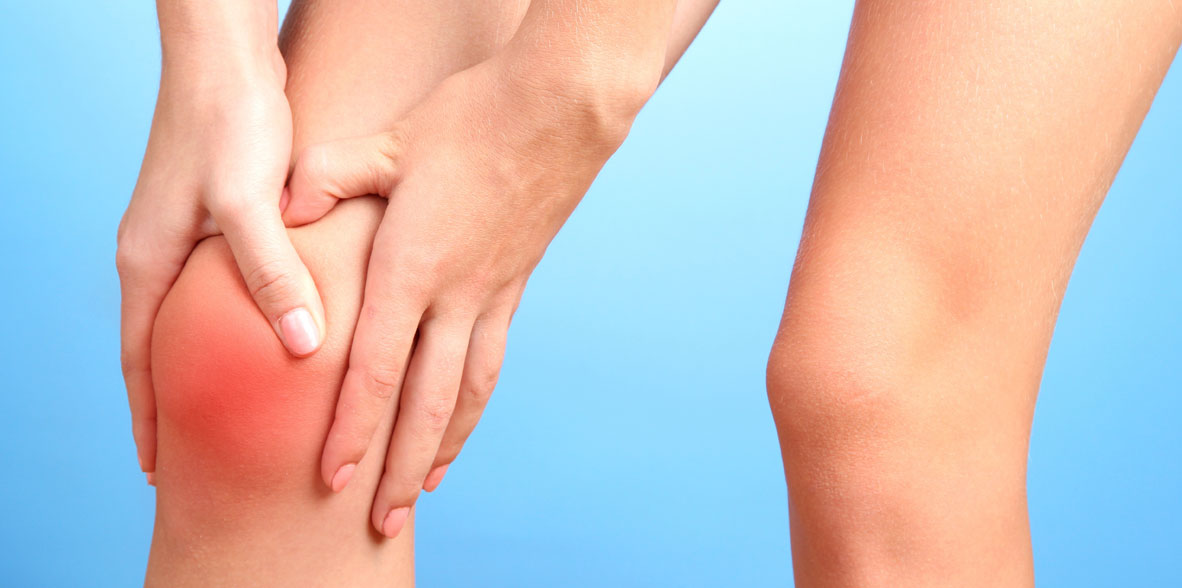
Consultation area

Castro Domínguez FranciscoRheumatology
 Centro Médico Teknonen/health-centers/centro-medico-teknon
Centro Médico Teknonen/health-centers/centro-medico-teknon- Centro Médico Teknonen/health-centers/centro-medico-teknonHospital Universitari General de Catalunyaen/health-centers/hospital-universitari-general-catalunya
 Centro Médico Teknonen/health-centers/centro-medico-teknonHospital Universitari Sagrat Coren/health-centers/hospital-universitari-sagrat-cor
Centro Médico Teknonen/health-centers/centro-medico-teknonHospital Universitari Sagrat Coren/health-centers/hospital-universitari-sagrat-cor
Flat feet, also known as fallen arches or pes planus, is a condition where the arches on the inside of the feet appear to be flattened, allowing the entire sole of the foot to touch the ground.
Symptoms:
- Foot Pain: Pain or discomfort in the arches, heels, or along the inner aspect of the foot is a common symptom.
- Achilles Tendon Pain: Some individuals with flat feet may experience Achilles tendon pain or tightness.
- Swelling: Swelling along the inside of the ankle may occur.
- Difficulty Walking or Standing: Flat feet can lead to a sensation of instability or imbalance, making it challenging to stand or walk for extended periods.
- Fatigue: The muscles of the feet and legs may tire more quickly, causing fatigue and aching.
Causes:
- Heredity: Genetic factors can predispose individuals to have flat feet. If a family member has flat feet, there may be an increased risk.
- Tendons and Ligaments: Weakening or stretching of the tendons and ligaments that support the arches can lead to flat feet.
- Injury: Trauma to the foot or ankle can result in flat feet.
- Aging: The natural aging process can lead to changes in the structure of the foot and may contribute to the development of flat feet.
- Pregnancy: Hormonal changes during pregnancy can affect the flexibility of ligaments, potentially leading to flat feet.
- Medical Conditions: Certain medical conditions, such as rheumatoid arthritis, can cause inflammation and damage to the tendons and ligaments of the feet.
Diagnosis:
- Clinical Evaluation: A healthcare provider will perform a physical examination, assessing the arches, gait, and the presence of any symptoms.
- Footprint Analysis: Sometimes, a footprint test may be used to determine the extent of arch collapse. This involves wetting the soles of the feet and examining the resulting footprint.
Treatment:
Conservative Management:
- Footwear: Choosing shoes with proper arch support and cushioning can alleviate discomfort. Custom orthotic insoles may also be recommended.
- Stretching Exercises: Specific exercises can help strengthen and stretch the muscles and tendons in the feet.
- Physical Therapy: A physical therapist can provide guidance on exercises and techniques to improve foot function and alleviate pain.
- Medications: Nonsteroidal anti-inflammatory drugs (NSAIDs) may be prescribed to manage pain and inflammation.
Weight Management: Maintaining a healthy weight can reduce strain on the feet.
Orthotic Devices: Custom-made or over-the-counter orthotic devices can help support the arches and provide relief.
Surgery: In severe cases where conservative treatments are ineffective, surgical intervention may be considered. Surgical procedures can involve repairing or reconstructing tendons, realigning bones, or fusing joints to improve foot alignment.



































